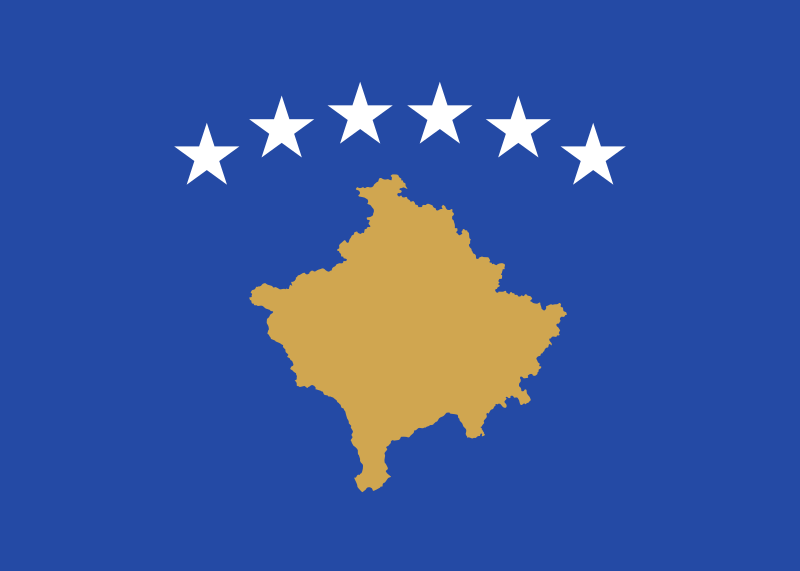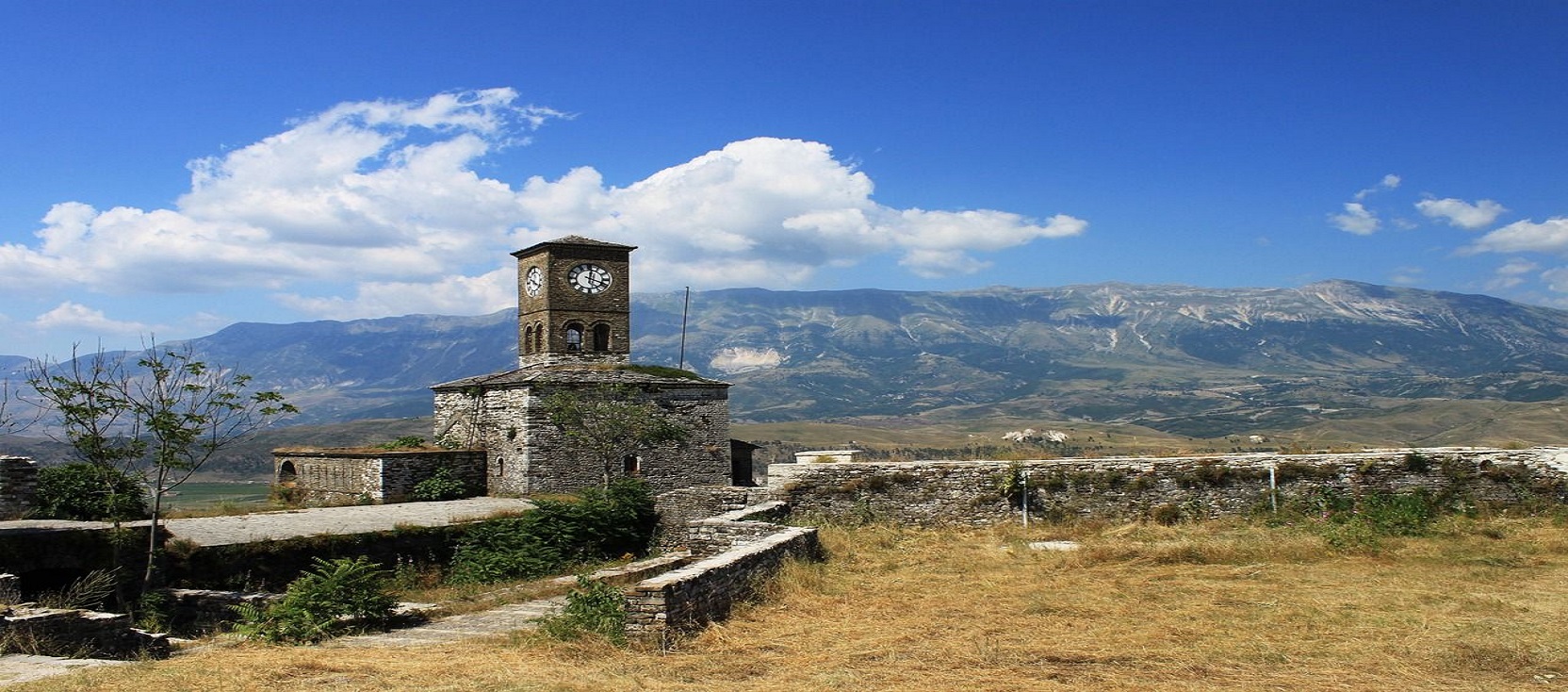General Information
Population
2.854.191 (World Bank 2019)
2.845.955 (INSTAT Albania 2020)
Immigration
48.810 (UN Immigration Stock 2020)
20.753 (INSTAT Albania 2020)
Emigration
1.250.451 (UN Emigration Stock 2020)
43.853 (INSTAT Albania 2020)
Working-age population
1.952.204 (World Bank 2019)
2.047.069 (INSTAT Albania 2020)
Unemployment rate
11 % (World Bank 2019)
11.6% (INSTAT Albania 2020)
GDP
15.279 bn, current prices USD (World Bank 2019)
12.800 bn, EUR (INSTAT Albania 2018)
Migration Authorities
Responsible Body
Line Ministries
Agencies
Description
Albania is predominantly a country of emigration and transit. Its diverse diaspora accounts for nearly half of the country’s population with the largest Albanian communities established in Greece and Italy. Economic motives such as unemployment or low wages still represent the key push factors for out-migration but recent studies have also shown that Albanian migrants search for better education opportunities. The majority of Albanian nationals in the EU receive residence permits for family reunification and other reasons, and only then for remunerated activities. In 2019, 43.000 persons left the country, which represents a 13.3% increase as compared to 2018. Moreover, a significant share of the Albanian population, including young and educated citizens, intends to emigrate in the future. The main countries of destination targeted are likely to change from Greece and Italy to Germany and the US.
With its unemployment rate constantly decreasing and reaching 11.9 % in 2020 (11.47 % in 2019), the country has fared relatively well compared to its neighbours. Albania’s poverty rate, nevertheless, remains high with an estimated 32 % of the population in October 2020 and further projections for growth. The economic hardship in the country has motivated many Albanians to seek asylum in the EU, thus placing Albania among the top ten countries of origin of asylum seekers most of whom did not qualify for asylum. The year 2020 saw a record 66 % drop in the number of asylum applications (6498) owning to COVID-19 and the resulting travel restrictions but also to the continuous efforts of Albanian authorities to tackle the unfounded asylum applications of own nationals.
Since 2017, immigration to Albania has been decreasing (by 5,3 % in 2018, and 12,3 % in 2019). Most immigrants are coming from Italy, Turkey and Kosovo. While Italian citizens come mainly for employment and education purposes, nearly half of Kosovo nationals arrive to reunify with their families. Irregular migrants have actively used Albania along with other Western Balkan countries as a transit territory en route to the EU. Over 50 % of irregular migrants and over 60 % of asylum seekers in Albania originate from Iraq and Syria. In 2019, their numbers have doubled reaching some 12,000 and 6,500 respectively.
Return migration of the most recent past is mainly related to the voluntary return of Albanian asylum seekers whose applications were rejected by EU MS and primarily by Germany. Another group of returning migrants, albeit much smaller in number, accounts for Albanians who wanted to establish a business or have been offered a better job at home. Albania has not yet managed to capitalise on return flows but has recognised the potential of its diaspora and return migrants for the country’s overall development in the National Strategy of Diaspora 2021-2025.
Albania is part of various regional initiatives on migration and labour mobility. It has set the 'Agenda 2030' as a national priority and has endorsed the Global Compact on Migration and its objectives. Early 2021 saw the long-awaited adoption of the new Law on Asylum, which brings Albania closer to international standards and EU legislation. Some progress was also made in improving the institutional capacity on border management and reception. The government affirms to have completed and adopted a comprehensive national cross-sectoral migration strategy and proceeded with the implementation of the integrated border management strategy.
- Population: 2 845 955
- Emigration: 43 853
- Immigration: 20 753

- Population: 2 961 900
- Emigration: 31 200
- Immigration: 15 800

- Population: 8 978 929
- Emigration: 101 714
- Immigration: 154 202

- Population: 10 119 100
- Emigration: 1 654
- Immigration: 2 042

- Population: 9 349 645
- Emigration: 20 976
- Immigration: 34 846

- Population: 11 521 238
- Emigration: 102 413
- Immigration: 41 756

- Population: 3 475 000
- Emigration: 1 671 177
- Immigration: 37 100

- Population: 6 838 937
- Emigration: 26 755
- Immigration: 39 461

- Population: 4 047 680
- Emigration: 34 046
- Immigration: 33 414

- Population: 918 000
- Emigration: 17 373
- Immigration: 26 170

- Population: 10 519 913
- Emigration: 19 232
- Immigration: 69 201

- Population: 5 873 420
- Emigration: 50 171
- Immigration: 76 552

- Population: 1 331 796
- Emigration: 12 481
- Immigration: 19 524

- Population: 5 550 066
- Emigration: 13 459
- Immigration: 36 364

- Population: 67 813 396
- Emigration: 29 000
- Immigration: 169 000

- Population: 3 728 600
- Emigration: 74 264
- Immigration: 89 996

- Population: 83 200 000
- Emigration: 966 451
- Immigration: 1 186 702

- Population: 10 432 481
- Emigration: 77 837
- Immigration: 84 221

- Population: 9 689 010
- Emigration: 21 730
- Immigration: 49 069

- Population: 5 011 000
- Emigration: 54 000
- Immigration: 65 200

- Population: 58 983 122
- Emigration: 159 884
- Immigration: 247 526

- Population: 18 984 845
- Emigration: 29 110
- Immigration: 11 447

- Population: 1 798 188
- Emigration: 8 724
- Immigration: 11 543

- Population: 6 636 800
- Emigration: 961
- Immigration: 5 822

- Population: 1 875 757
- Emigration: 12 975
- Immigration: 12 689

- Population: 39 315
- Emigration: 432
- Immigration: 713

- Population: 2 805 998
- Emigration: 25 205
- Immigration: 44 858

- Population: 645 397
- Emigration: 15 959
- Immigration: 25 335

- Population: 519 562
- Emigration: 12 679
- Immigration: 13 885

- Population: 3 542 708
- Emigration: 2 243
- Immigration: 4 223

- Population: 619 211
- Emigration: 6 631
- Immigration: 6 008

- Population: 17 600 000
- Emigration: 142 517
- Immigration: 250 792

- Population: 2 097 319
- Emigration: 1 082
- Immigration: 1 848

- Population: 5 435 536
- Emigration: 34 297
- Immigration: 53 947

- Population: 38 914 000
- Emigration: 8 780
- Immigration: 13 263

- Population: 10 344 802
- Emigration: 68 209
- Immigration: 111 311

- Population: 19 186 201
- Emigration: 192 631
- Immigration: 163 806

- Population: 146 171 015
- Emigration: 487 672
- Immigration: 594 146

- Population: 6 871 547
- Emigration: 26 858
- Immigration: 11 306

- Population: 5 431 306
- Emigration: 2 428
- Immigration: 17 507

- Population: 2 107 180
- Emigration: 17 745
- Immigration: 36 110

- Population: 47 385 107
- Emigration: 381 724
- Immigration: 530 401

- Population: 10 475 204
- Emigration: 48 284
- Immigration: 90 631

- Population: 8 736 500
- Emigration: 114 600
- Immigration: 165 600

- Population: 9 506 300
- Emigration: 54 495
- Immigration: 40 859

- Population: 84 680 273
- Emigration: 330 289
- Immigration: 677 042

- Population: 6 200 000

- Population: 41 418 717
- Emigration: 19 121
- Immigration: 26 361

- Population: 67 081 000
- Emigration: 334 000
- Immigration: 573 000

- Population: 35 079 200
- Emigration: 13 648
- Immigration: 1 105


